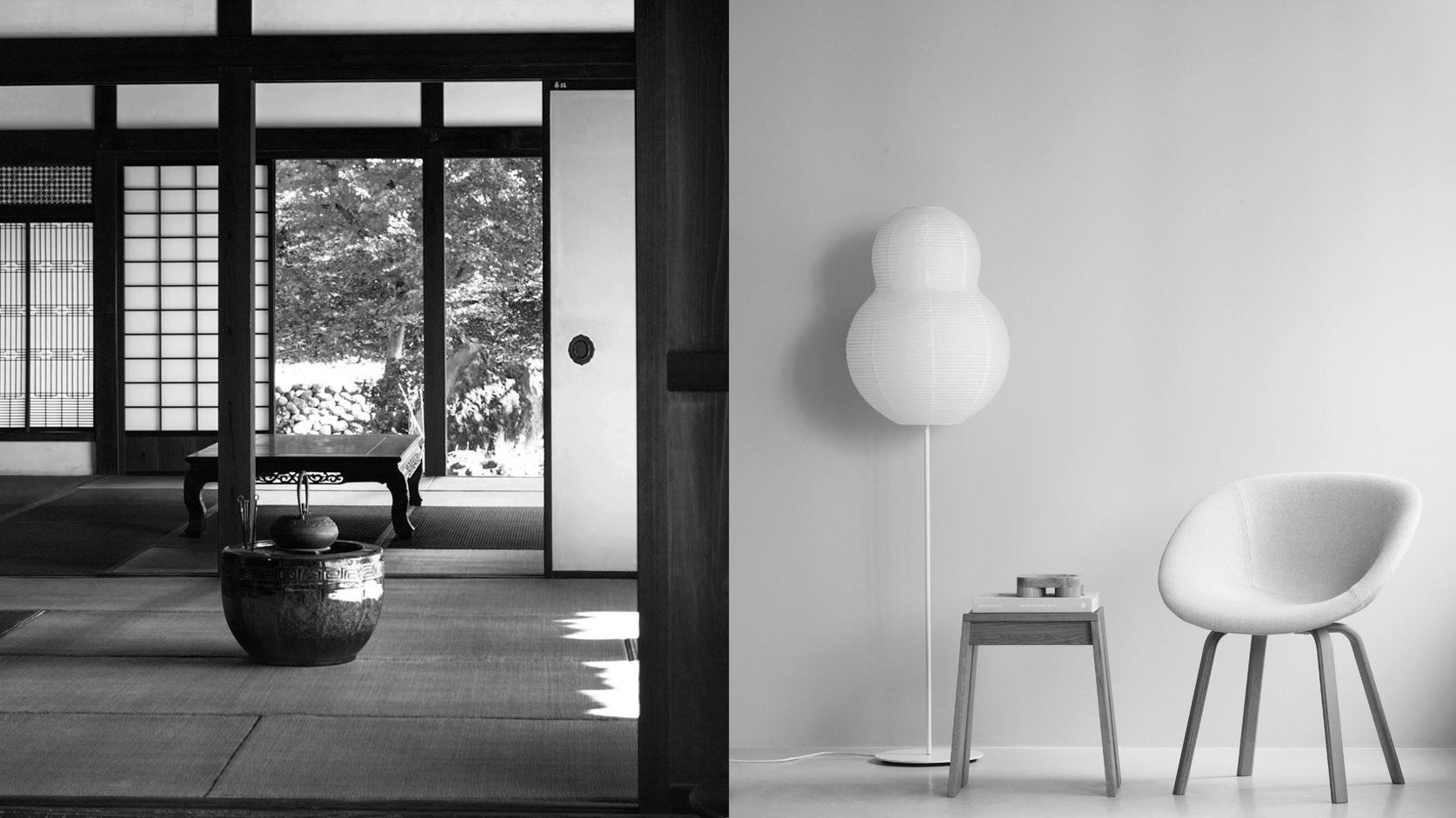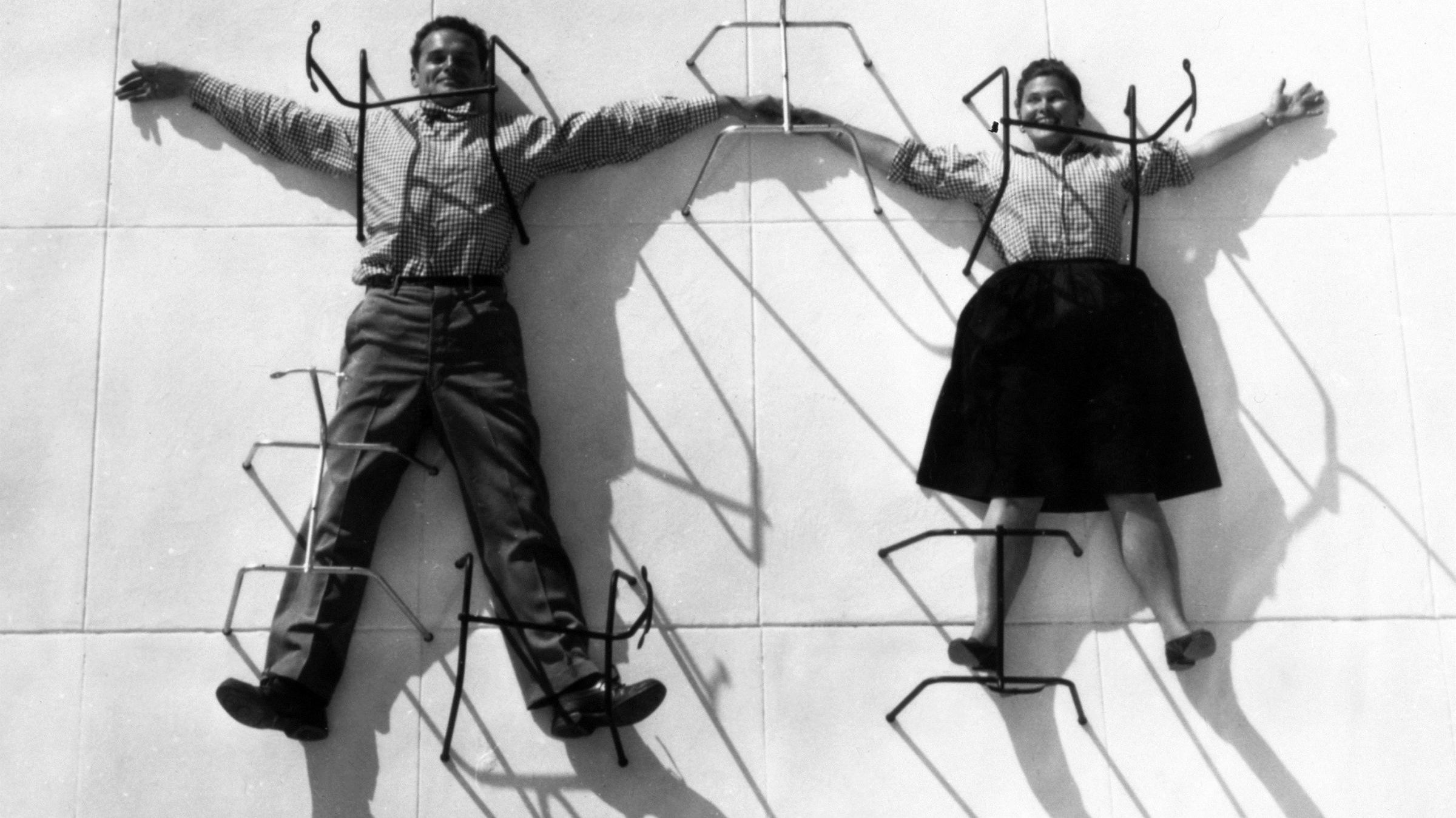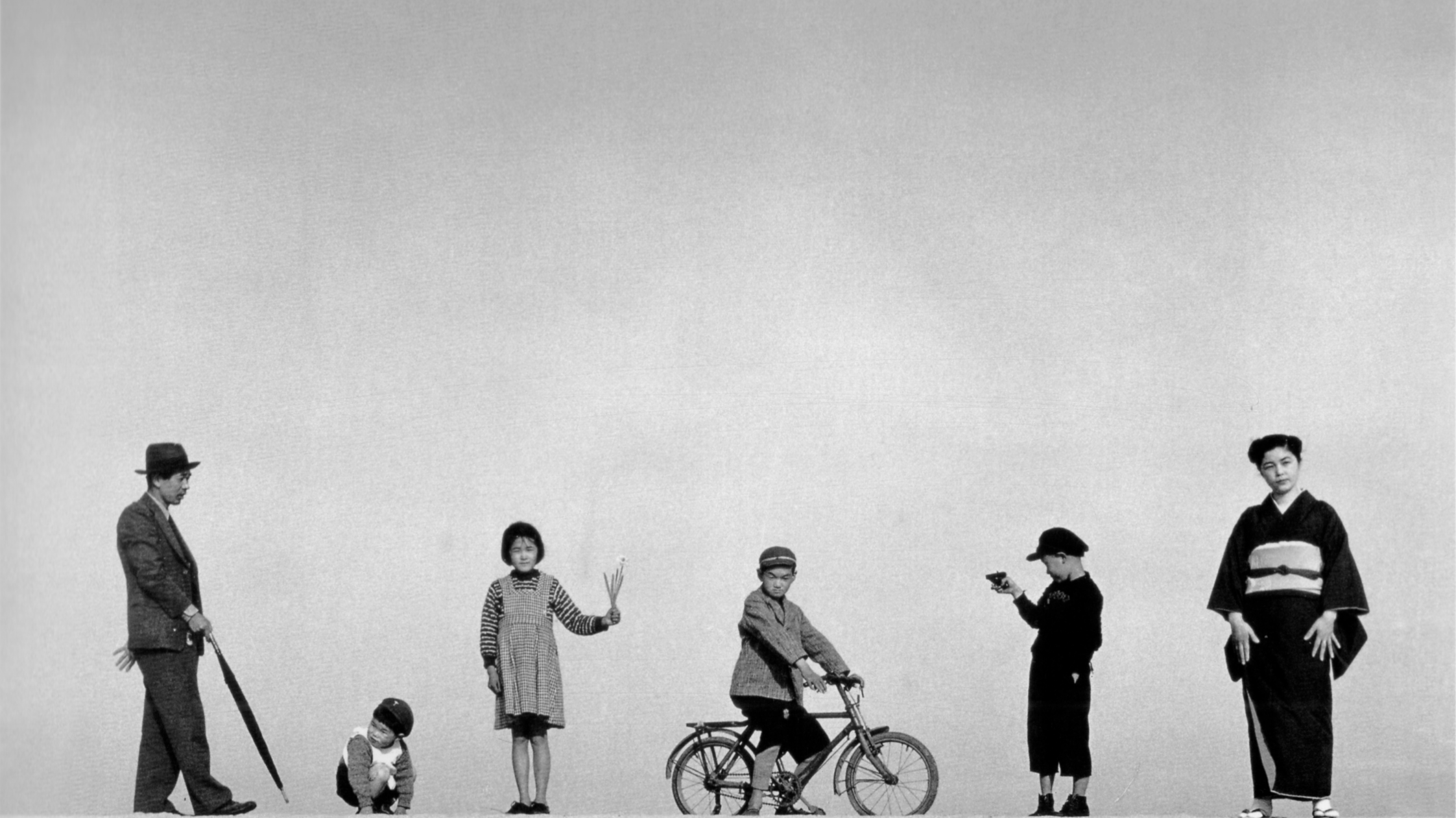(Wabi Sabi Interior Design: Principles, Design Ideas, and Inspiration - dans le gris)

A room styled by American designer Colin King.
(Wabi Sabi Interior Design: Principles, Design Ideas, and Inspiration - dans le gris)
The Meaning of Wabi Sabi
Before we go further, it is important to understand the meaning of Wabi Sabi. Wabi-Sabi is a Japanese concept that embodies a unique appreciation for the transient, the imperfect, and the incomplete. The term is derived from two Japanese words: wabi (侘) and sabi (寂). Together, they represent a philosophy that celebrates the beauty in the natural process of aging and the elegance of simplicity, and appreciates the imperfect and transient aspects of our surroundings. If you would like to learn more about Wabi Sabi philosophy, check out our article: What is Wabi Sabi? Embracing the Beauty of Imperfection
(Wabi Sabi Interior Design: Principles, Design Ideas, and Inspiration - dans le gris)
Wabi Sabi Design Ideas
When it comes to Wabi Sabi interior design, the focus is on embracing authenticity and creating a deep connection with the land and natural elements. This design philosophy values the beauty of simplicity and the natural aging process, emphasizing a genuine and understated elegance. To help you embrace this refined approach into your living spaces, here are some design ideas that capture the essence of Wabi Sabi:

Axel Vervoordt's Wabi Inspirations: Featuring interiors inspired by Wabi Sabi philosophies.
(Wabi Sabi Interior Design: Principles, Design Ideas, and Inspiration - dans le gris)
1. Natural Material
Wabi Sabi is not about sleek, mass-produced aesthetics. Instead, it celebrates the beauty of nature and favors materials like wood, stone, and clay for their earthy textures and natural appearances. These natural materials not only bring an organic element into your space but also develop unique character over time, perfectly embodying the essence of Wabi Sabi interior design. While both minimalist and Wabi Sabi interior design emphasize simplicity, Wabi Sabi design creates a deeper connection with nature.

Wabi Sabi interior design favors natural materials. Photo Credit: Colin King.
(Wabi Sabi Interior Design: Principles, Design Ideas, and Inspiration - dans le gris)
2. Imperfect Furniture
One of the core concepts of Wabi Sabi is finding beauty in imperfection. This means that selecting handmade or vintage furniture can enhance the warmth and character of your home. Although vintage or handmade pieces may not be flawless, they carry a unique story and personal history from their previous owners or creators. These imperfections and stories contribute to the authenticity and charm of your space, embodying the Wabi Sabi appreciation for the beauty of the imperfect and the meaningful.
To bring the essence of Wabi Sabi into your home, consider incorporating pieces that showcase natural wear and unique character. For example, a weathered wooden bench, a distressed leather chair, or a ceramic vase with an irregular shape can all add a touch of authenticity and charm to your space. These items not only highlight the beauty of imperfection but also create a sense of warmth and history in your home.
(Wabi Sabi Interior Design: Principles, Design Ideas, and Inspiration - dans le gris)
3. Natural Color with Warm Tones
In Wabi Sabi interior design, the choice of colors is deeply connected to nature. This design philosophy draws inspiration from the earth’s subtle and understated hues, including muted greens, earthy browns, and soft grays. These colors are reminiscent of natural materials like stone, wood, and the elements of the earth itself. By incorporating these serene and natural tones, Wabi Sabi design creates a tranquil and harmonious environment. Instead of opting for bold or flashy colors, focus on using these gentle, subdued hues to foster a calming atmosphere that reflects the beauty of the natural world and aligns with the Wabi Sabi appreciation for simplicity and authenticity.

In Wabi Sabi interior design, the choice of colors is deeply connected to nature.
(Wabi Sabi Interior Design: Principles, Design Ideas, and Inspiration - dans le gris)
4. Organic Shapes and Handcrafted Elements
Unlike modern design, which often emphasizes clean lines and precise geometric shapes, Wabi Sabi celebrates the beauty of organic imperfections and favors rounded, natural forms. In Wabi Sabi interior design, the visual focus shifts away from rigid geometries and sharply defined edges. Instead, it gravitates toward gentle curves, soft lines, and subtle irregularities that highlight the inherent nature of materials. This appreciation for natural imperfections is why Wabi Sabi interior design often incorporates handcrafted pieces. Handmade items naturally exhibit unique, one-of-a-kind characteristics that bring a sense of warmth and individuality to a space.

Wabi Sabi interior design often features handcrafted pieces. Photo Credit: Studio IMA – Bettina Kiehnle.
(Wabi Sabi Interior Design: Principles, Design Ideas, and Inspiration - dans le gris)
5. Focus on Texture
Wabi Sabi offers a unique perspective on appreciating the world around us, emphasizing the beauty found in imperfection and the aging process. This philosophy encourages us to value textures that reveal signs of wear and history, such as weathered wood, patinated metals, and cracked ceramics. In Wabi Sabi interior design, the focus is not just on natural materials but also on the textures that make each material unique.
Textures play a pivotal role in Wabi Sabi interior design. They include the roughness of reclaimed wood, the intricate grain of stone, and the gentle softness of natural fibers. These textures create a tactile connection to nature and underscore the organic beauty inherent in each material. By highlighting the natural imperfections and variations in texture, Wabi Sabi interior design adds richness and personality to a space.
(Wabi Sabi Interior Design: Principles, Design Ideas, and Inspiration - dans le gris)
Examples of Wabi Sabi Interior Design

Wabi Sabi Living Room Example by Architect Alena Valyavko.
(Wabi Sabi Interior Design: Principles, Design Ideas, and Inspiration - dans le gris)
Wabi Sabi Interior Design: Living Room

Wabi Sabi Living Room Example by Designer Bettina Kiehnle of Studio IMA.
This apartment, doubling as both a living space and a gallery, is the creation of curator and designer Bettina Kiehnle of Studio IMA. In an interview with Visual Pleasure, she shared her design philosophy, saying, "I have read a lot about the Japanese philosophy of Wabi Sabi, and I am deeply drawn to the idea of finding beauty in imperfection, nature, and simplicity. The Japanese aesthetic is simple, sophisticated, elegant, and austere, which resonates with me profoundly. I believe this philosophy is strongly reflected in the selections I make for IMA."
Bettina's approach to design is defined by a strict yet refined aesthetic. In her deco, she carefully selects pieces that resonate with her on a personal level, without being limited by the artist's origin. This discerning eye allows her to curate items for Studio IMA that truly embody the Wabi Sabi principles she holds dear—celebrating understated elegance and the inherent beauty in natural imperfections. Her work exemplifies how a deep understanding of Wabi Sabi can shape a design practice that is both globally informed and deeply rooted in a particular aesthetic philosophy. In this Wabi Sabi living room, we see how artwork can harmoniously balance cultural influences and inspiration while infusing the space with a sense of natural simplicity.
(Wabi Sabi Interior Design: Principles, Design Ideas, and Inspiration - dans le gris)
Wabi Sabi Interior Design: Bathroom
Applying Wabi Sabi principles to bathroom design can transform the space into a serene, tranquil retreat, offering relaxation even in this often-overlooked room. As Junichiro Tanizaki notes in In Praise of Shadows, "The parlor may have its charms, but the Japanese toilet truly is a place of spiritual repose." This observation highlights that in Japan, a bathroom is not just about aesthetics; it’s about crafting a space that encourages relaxation and mindfulness, serving as a sanctuary from the outside world. A Wabi Sabi-inspired bathroom invites you to slow down, savor the present moment, and discover beauty in simplicity and imperfection.

Wabi Sabi Bathroom Example. Photo Credit: est living.
The use of natural materials is fundamental in Wabi Sabi interior design. In the bathroom, this might include stone sinks, wooden cabinets, and clay or ceramic tiles. These materials, with their unique textures and organic imperfections, bring warmth and authenticity to the space. Beyond the materials, incorporating organic shapes and textures is also integral to Wabi Sabi bathroom design. For example, curvaceous features like an organic-shaped bathtub reflect the Wabi Sabi philosophy of finding beauty in imperfection.

Wabi Sabi Bathroom Example. Photo Credit: est living.
(Wabi Sabi Interior Design: Principles, Design Ideas, and Inspiration - dans le gris)
Wabi Sabi Interior Design: Bedroom
The bedroom is arguably the most important space in the home, especially in today’s fast-paced digital world, where quality sleep is crucial. Incorporating Wabi Sabi principles into the bedroom can create a tranquil and comforting retreat. Natural materials like linen, cotton, wood, and stone are ideal for this purpose. These materials not only provide comfort but also develop character over time. For instance, a linen bedspread offers a soft, lived-in feel that becomes increasingly inviting with use.

Bringing Wabi Sabi interior design into the bedroom can create a tranquil and comforting retreat. Photo Credit: Axel Vervoordt.
The color palette in a Wabi Sabi bedroom is typically muted, drawing inspiration from nature. Soft grays, warm browns, and gentle greens dominate the space, creating a soothing environment that promotes restful sleep. In addition to the color palette, adding handcrafted pieces and decor with irregularities is essential in Wabi Sabi interior design. These items highlight the human touch behind their creation and celebrate the beauty in imperfection, making it easier to connect with the Wabi Sabi philosophy through decor.

Bringing Wabi Sabi interior design into the bedroom can create a tranquil and comforting retreat. Photo Credit: Axel Vervoordt.
(Wabi Sabi Interior Design: Principles, Design Ideas, and Inspiration - dans le gris)
Minimalist Interior Design vs. Wabi Sabi Interior Design
In contemporary interior design and lifestyle discussions, Minimalism and Wabi Sabi have emerged as prominent philosophies, each emphasizing simplicity but in different ways.
Minimalism is centered around the concept of "less is more." Its core principle involves stripping away excess to leave only the essentials. This approach aims to create a clean, uncluttered space where every element is functional and purposeful. Minimalist interior design often features clean lines, a neutral color palette, and an emphasis on open, airy spaces. The goal of minimalist interior design is to create a sense of serenity and order by reducing both visual and physical clutter.
Wabi Sabi, on the other hand, is a Japanese philosophy that finds beauty in imperfection and the natural aging process. Unlike Minimalist interior design, which focuses on precision and simplicity, Wabi Sabi interior design embraces the beauty of the imperfect, the worn, and the incomplete. This design style celebrates natural materials like wood, stone, and ceramics, valuing their unique textures and organic imperfections. The color palette in Wabi Sabi interior design is typically muted and earthy, drawing inspiration from nature. This approach creates a warm and authentic atmosphere by highlighting the unique characteristics of objects and their inherent flaws.
• Further Reading: Minimalism vs. Wabi Sabi: Embracing Simplicity in Design and Life
(Wabi Sabi Interior Design: Principles, Design Ideas, and Inspiration - dans le gris)
Japandi Style: Wabi Sabi Meets Scandinavian Interior Design
If you want to blend Wabi Sabi interior design with Minimalism, consider Japandi style. Japandi merges Japanese and Scandinavian minimalist aesthetics, combining the principles of both design styles. The term "Japandi" is a fusion of "Japanese" and "Scandi," reflecting this blend. This style creates a minimalist yet warm atmosphere, characterized by neutral tones and the use of natural materials. By blending Wabi Sabi's appreciation for imperfection with the functional simplicity of Scandinavian design, Japandi style offers a fresh, modern approach that balances elegance and practicality.
(Wabi Sabi Interior Design: Principles, Design Ideas, and Inspiration - dans le gris)
Read More Design Articles:
• Japandi Style: A Contemporary Fusion of Japanese and Scandinavian Design
• Minimalism vs. Wabi Sabi: Embracing Simplicity in Design and Life
• What is Wabi Sabi? Embracing the Beauty of Imperfection
• Minimalist Interior Design: Key Principles and What You Need to Know
(Wabi Sabi Interior Design: Principles, Design Ideas, and Inspiration - dans le gris)
About Us
Dans Le Gris is a brand that began with everyday jewelry, with each handmade piece designed and crafted in Taiwan. We deeply value every detail, dedicating ourselves to creating timeless pieces through collaboration with experienced craftsmen.
In our journal, we provide irregular updates featuring articles about art, culture, and design. Our curated content encompasses diverse aspects of life, with the aspiration to offer meaningful insights and inspiration.






